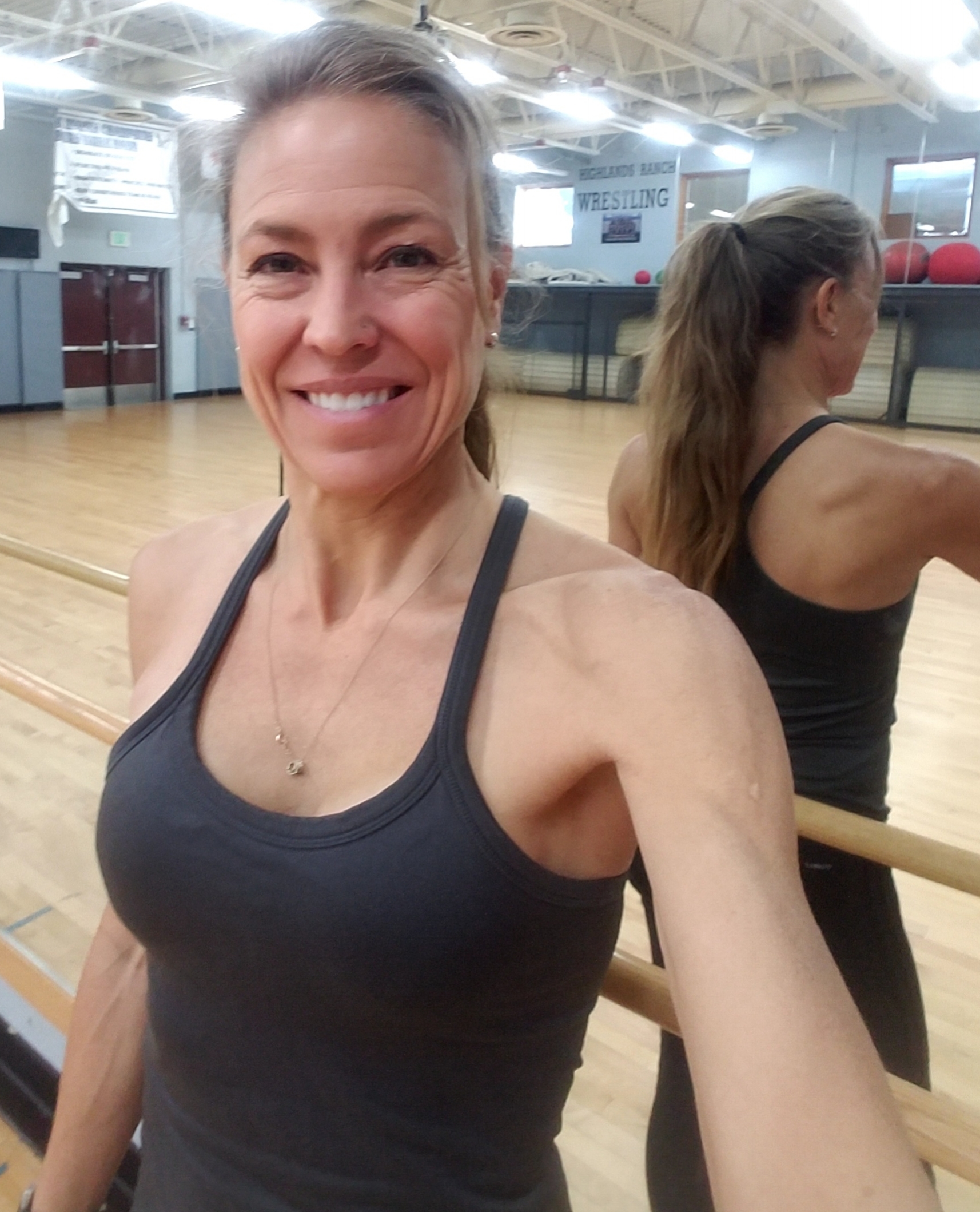My latest assignment for my Master’s in Holistic Nutrition was to write a paper about a disorder of the musculo-skeletal system. I chose Plantar Fasciitis, as many of the active people I know experience it. If you’d like to nerd out with me, continue reading:
Plantar Fasciitis is a chronic foot condition, described by some experts as inflammation of the fascia or connective tissue supporting the arch of the foot (Wheeler, 2019), and by others as chronic degeneration and irritation at the insertion of the fascia to the calcaneus, or heel bone (Young, 2019). Affecting an estimated 2 million people a year in the United States (Searing, 2019) the cost of treatment of plantar fasciitis is estimated at between $192 and $376 million dollars annually (Young, 2019). Pain ranges from mild to extreme, intermittent to constant, and may affect one or both feet. Risk factors include obesity, age, overuse of feet via running, jumping, or standing for long periods of time, tight calf muscles, menopause, flat feet or high arches, and wearing unsupportive footwear (Ingraham, 2019; Wheeler, 2019). Symptoms include sharp, stabbing, burning pain in the heel or arch of the foot, or both. Pain is often most intense with the first steps in the morning, with symptoms sometimes subsiding with increased blood flow to the calves, heel, arch, and fascia as the day progresses. However, it is common for symptoms to be severe, lasting months or even years, affecting work, recreation, and activity level for its sufferers.
Etiology is multifactorial but overuse is most often to blame (Young, 2019). Because of its high incidence in runners and other athletes such as football, basketball, and baseball players, it is supposed that repeated microtraumas through jumping and running contribute to plantar fasciitis (Young, 2019). Heel spurs may encourage or magnify symptoms, and are thought to be a result of plantar fasciitis rather than the cause (Wheeler, 2019; Young, 2019). Plantar fasciitis often presents in conjunction with an uptake in activity or training: increased miles, increased duration, or the addition of higher-intensity drills are examples (Young 2019). This condition is not limited to athletes, however, as overweight may be a contributing factor (Young, 2019). Standing for long periods of time, wearing footwear with insufficient arch support, age, and gender play a role as well (Young, 2019). Women experience plantar fasciitis twice as often as men, with peak incidence occurring between the ages of 40-60 (Young, 2019), coincidentally during the time of perimenopause and menopause (Wheeler, 2019). Any hormonal connection is yet to be explained.
Structural risk factors include a low arch (pes planus) or high arch (pes cavus), as each is associated with increased stress on the connective fascia (Young, 2019). Other sources of fascia stress include leg-length discrepancy, overpronation, excessive lateral tibial torsion, and excessive femoral anteversion (Young, 2019). Tight muscles, specifically the hamstrings, gastrocnemius, and soleus, as well as tight Achilles tendon may play a role as well (Young, 2019).
Plantar fasciitis is diagnosed by ultrasound, MRI, or x-ray (Wheeler, 2019), by ruling out other causes of pain, such as heel bruising, fractures, achilles tendonitis, infection, arthritis, and other foot syndromes (Ingraham, 2019; Wheeler, 2019).
Once a diagnosis is made, Allopathic approaches indicate rest, ice, stretching, massage, and non-steroidal anti-inflammatories (NSAIDs) for relief of symptoms (Wheeler, 2019). Despite these options, this chronic inflammatory condition may last many months. At the 12-month mark, 80% of cases will experience relief, with 5% of cases progressing to more invasive options (Young, 2019). Treatment for persistent or severe cases includes physical therapy, extracorporeal shock-wave therapy, shoe inserts or orthotics, corticosteroid injections to the affected area, and/or surgery for plantar fascia release (Buchbinder, 2004; Wheeler, 2019; Young, 2019). Because each case is unique,combinations of treatments are recommended for optimal healing (Buchbinder, 2004).
Integrative approaches to treatment of plantar fasciitis utilize the above-mentioned allopathic treatments in addition to other holistic measures. An integrative practitioner will take into consideration stress levels of patients as well as quality of sleep, hormone levels, and nutritional status. Complementary treatment practices include chiropractic, massage and body work, dry needling, acupuncture, cupping, etc., with the intention of decreasing inflammation and restoring blood flow (Al-Boloushi, Gómez-Trullén, Bellosta-López, López-Royo, Fernández, & Herrero, 2019).
Assessments utilized may include meal-tracking with subsequent data on nutrient excesses and deficiencies. A detailed health history including sleep tracking and stress-level questionnaires provide important background information related to inflammation and lifestyle patterns that may contribute to chronic pain. Lab tests, including insulin and glucose levels assess inflammatory markers, while a gut microbiome test or comprehensive stool analysis can assess gut integrity (Rakel, 2018, p.869).
An anti-inflammatory diet may be recommended. Eating foods high in healthy fats including omega-3s (found in cold water fish, such as salmon, mackerel, anchovies, and herring), oleic acid (found in olive oil), a variety of nuts, and coconut oil, lead to the formulation of less-inflammatory or antiinflammatory prostaglandins and leukotrienes (Rakel, 2018, p.870-872). Organic vegetables and fruits provide protective phytochemicals (Rakel, 2018, p.873). Avoiding gluten may reduce inflammatory markers, while decreasing intake of over-processed, packaged foods and focusing on whole-food, nutrient-dense sources of low-glycemic carbohydrates favor an optimal gut microbiome composition and balanced insulin response (Rakel, 2018, p. 872-873). Cultured or fermented vegetables such as kimchee or sauerkraut also optimize gut microflora while sea vegetables such as kombu, arame, dulse, wakame, and nori provide essential micronutrients and trace nutrients (Lipski, 2012, p.148). Finally, bone broth is touted for its collagen-enhancing properties (Kresser, 2019), while certain spices (turmeric, ginger, rosemary, oregano and cayenne), garlic, green tea, wild mushrooms, organic red wine, and cacao or dark chocolate all provide improvements in inflammatory markers (Rakel, 2018, p.874; The Anti-Inflammatory Diet & Food Pyramid: Andrew Weil, M.D., 2019; Turmeric, 2018).
Integrative approaches may also call for supplementation. Common anti-inflammatory supplements include glucosamine chondroitin, s-adenosyl methionine (SAMe), EPA/DHA fish oils, Hawaiian astaxanthin, vitamins C and D, medium chain triglyceride oil (MCT oil), Co-enzyme Q-10 (CoQ10), N-acetyl-cysteine (NAC), methylsulfonylmethane (MSM), and trace mineral drops (Bode & Dong, 1970; Kohlstadt, 2012, p.684-689; Wilson, 2018).
Lifestyle changes are encouraged in holistic practice to decrease stress and support healing. Positive sleep hygiene promotes deep, restful sleep, allowing the body to heal and restore (Seaward, 2014, p.13). Meditative practices, including breathwork and moving meditations like yoga and tai chi, provide opportunity to release emotional and physical stress (Krohn & Taylor, 2000, p.342-344). Hyperbaric oxygen therapy helps oxygenate tissue to promote healing (Krohn & Taylor, 2000, p. 348-349). Cold therapy, including cryotherapy, increases microcirculation and synthesis of collagen, while heat therapy, including epsom salts soaks, steam rooms, and saunas provide pain relief and help to improve circulation (Krohn & Taylor, 2000, p. 262-265). Magnets are thought to encourage healing (Krohn & Taylor, 2000, p. 437-438). Finally, body work, touch therapy, and energy work such as chiropractic adjustments, Swedish massage, shiatsu, Rolfing, sports massage, Thai massage, reflexology, acupuncture, therapeutic touch, Reiki, and qi gong provide relaxation and reduction in chronic pain (Al-Boloushi et al, 2019; Krohn & Taylor, 2000, p. 258-261).
Both allopathic and integrative experts agree that plantar fasciitis is persistent and often challenging to treat. With multiple options and different approaches, the consensus is that a combination of treatments bring the most favorable results (Fink, 2012).
References
Al-Boloushi, Z., Gómez-Trullén, E. M., Bellosta-López, P., López-Royo, M. P., Fernández, D., & Herrero, P. (2019). Comparing two dry needling interventions for plantar heel pain: A protocol for a randomized controlled trial. Journal of Orthopaedic Surgery and Research, 14 doi:http://dx.doi.org/10.1186/s13018-019-1066-4
Anti-Inflammatory Food Pyramid:Andrew Weil, M.D.(2020, January 16). Retrieved January 18, 2020, from https://www.drweil.com/diet-nutrition/anti-inflammatory-diet-pyramid/dr-weils-anti-inflammatory-food-pyramid/
Bode, A. M., & Dong, Z. (1970, January 1). The Amazing and Mighty Ginger. Retrieved January 25, 2020, from https://www.ncbi.nlm.nih.gov/books/NBK92775/
Buchbinder, Rachelle, MB,B.S., F.R.A.C.P. (2004). Plantar fasciitis. The New England Journal of Medicine, 350(21), 2159-66. Retrieved from https://search.proquest.com/docview/223938185?accountid=193085
Daniels, C. J., & Morrell, A. P. (2012, March 11). Chiropractic management of pediatric plantar fasciitis: a case report. Retrieved February 7, 2020, from https://www.ncbi.nlm.nih.gov/pmc/articles/PMC3315855/#bb0070
Fink, B. R., M.D. (2012). Management of plantar fasciitis evolving. The Journal of Musculoskeletal Medicine, 29(1), 16-20. Retrieved from https://search.proquest.com/docview/922379503?accountid=193085
Ingraham, P. (2019, November 1). What Works for Plantar Fasciitis? What Doesn't? Why? Retrieved February 5, 2020, from https://www.painscience.com/tutorials/plantar-fasciitis.php
Kresser, C. (2019, September 24). Bone Broth Benefits: Everything You Need to Know. Retrieved February 7, 2020, from https://chriskresser.com/the-bountiful-benefits-of-bone-broth-a-comprehensive-guide/
Kohlstadt, I. (2012). Advancing medicine with food and nutrients. Boca Raton: CRC Press, Taylor & Francis Group.
Krohn, J., & Taylor, F. A. (2000). Natural detoxification. Point Roberts, WA: Hartley & Marks Publishers.
Levy, J. (2019, September 3). Is This Fatty Oil Actually Good for You? Retrieved January 25, 2020, from https://draxe.com/nutrition/mct-oil/
Lipski, E. (2012). Digestive wellness: strengthen the immune system and prevent disease through healthy digestion. New York: McGraw-Hill.
Rakel, D. (2018). Integrative medicine (4th ed.). Philadelphia, PA: Elsevier.
Searing, L. (2019, November 25). The Big Number: 2 million Americans get treated for heel pain caused by plantar fasciitis. Retrieved February 5, 2020, from https://www.washingtonpost.com/health/the-big-number-2-million-americans-get-treated-for-heel-pain-caused-by-plantar-fasciitis/2019/11/22/0dfe89e8-0c7a-11ea-97ac-a7ccc8dd1ebc_story.html
Seaward, B. L. (2014). Essentials of managing stress. Burlington, MA: Jones & Bartlett Learning.
The Anti-Inflammatory Diet & Food Pyramid: Andrew Weil, M.D. (2019, August 9). Retrieved January 18, 2020, from https://www.drweil.com/diet-nutrition/anti-inflammatory-diet-pyramid/what-is-dr-weils-anti-inflammatory-food-pyramid/
Turmeric. (2018, November 27). Retrieved January 25, 2020, from https://nccih.nih.gov/health/turmeric/ataglance.htm
Wheeler, T. (2019, October 7). Plantar Fasciitis: Symptoms, Causes, Diagnosis, Treatment. Retrieved February 5, 2020, from https://www.webmd.com/fitness-exercise/understanding-plantar-fasciitis-basics
Wilson, D. R. (2018, September 18). 7 Health Claims About Astaxanthin. Retrieved January 25, 2020, from https://www.healthline.com/health/health-claims-astaxanthin
Young, C. C. (2019, November 12). Plantar Fasciitis. Retrieved February 5, 2020, from https://emedicine.medscape.com/article/86143-overview#showall










